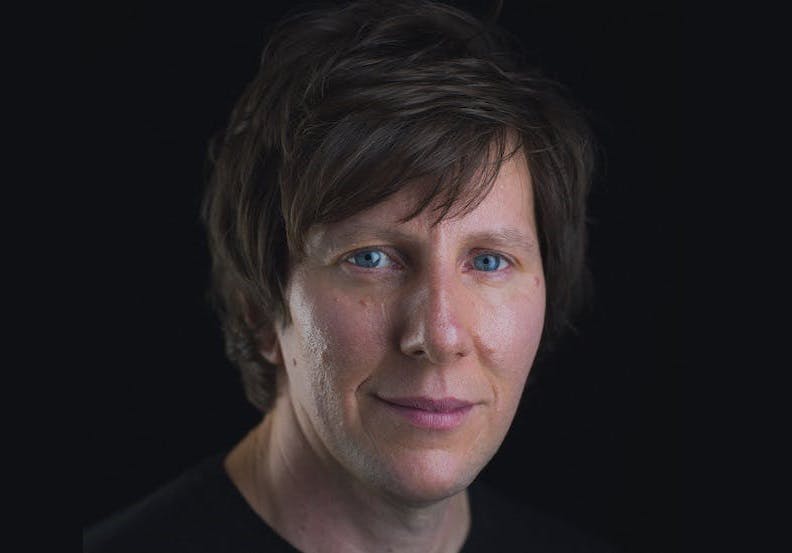Darren Savage is the Chief Strategy Officer at Tribal Worldwide London, the UK office of interactive global agency network Tribal Worldwide.
He spoke to Econsultancy about how working away from the office has boosted his productivity, why people don’t want to go back to the way things were, and why understanding the customer is more critical than ever right now.

Please describe your job: What do you do?
I am Chief Strategy Officer and I help to run the planning, data science, content and social departments at Tribal. I also run Tribal’s Innovation Practice called Spark, which rather than reinventing the universe focuses on making new technologies immediately useful to your business at a cost-effective level of investment.
How has your typical day been impacted in the short term by the pandemic?
I generally have more time and space to think and focus, and more of a separation between work and non-work.
I’ve never liked open-plan offices; they are of little benefit to anyone other than an accountant and their spreadsheet, and there is a mountain of evidence explaining how they are terrible for happiness and getting things done – so now I am happier and get more done.
Overall it has convinced me that we should take a wrecking ball to many of the orthodoxies of work and radically rethink and rewire how we design a culture that works for people, not the columns on a spreadsheet.
What are your favourite tools and techniques to help you get your work done at the moment?
The biggest tool is the room I work in, which is also the music room, so is has guitars and lots of other things that make me happy to look at. I’ve tuned the room into my sensibilities and senses: I like moody lighting, fresh air and music, right now I’m playing a lot of US underground bands from the 80s like Mission of Burma, Hüsker Dü and Sonic Youth. I only ever work in this room; which means when I want to take a break, I can walk away from it all.
Which companies have impressed you since the outbreak?
The companies that have handled the situation best, are those that invested years ago in new ways of operating and providing customers with a good brand experiences; because they are the ones who have been able to most readily adapt and to a degree take advantage of the situation.
I’ve been impressed with Nike, Starling Bank and the Red Cross in particular as the have rationalised a sensitive and positive tone in communications, with an adapted commercial response.
What changes are you making to help your clients connect with how people are feeling and experiencing the pandemic?
The current situation is interesting because mass change has been imposed upon people and there are supply as well as demand side issues, which makes it distinct from previous downturns in the economy that were primarily demand side.
As such, we have been working with a number of clients to initiate a range of research initiatives to better understand the complex nature of how this imposed change is currently affecting peoples particular behaviours relating to brand. Importantly, they track which of these changes are likely to become embedded into longer term behaviours and perceptions, and which are temporal, this means we can better advise on tactics and more importantly longer term strategies and investments.
What trends have you seen in the last few weeks in your sector?
I am generally wary of trends and predictions; many become overhyped or are only temporary. However, I have seen a series of reports that indicate that unlike previous crises, significant numbers of people don’t want things to go back to the way they were.
One wide ranging study by YouGov last month found people only 9% of a sample of 4,343 wanted things to fully return to pre-Covid normality; the rest strongly favoured changes to personal and social issues, the environment and the nature of work.
What advice would you give a marketer right now?
The most recent IPA Bellweather report indicated that customer research has taken the biggest budget cut hit. I understand that many businesses are having to make very difficult commercial decisions around immediate cashflow and future investment, but understanding customers is especially critical at this time, so any research that can be funded will pay dividends.
What does long term planning and strategy look like now at your brand?
A number of our clients are starting to accelerate technology and innovation projects that when launched will be complimentary to existing brand experience, either because they more dynamically connect experiences, or provide some manner of upgrade, especially those that have the opportunity to provide customers with more memorable interactions.







